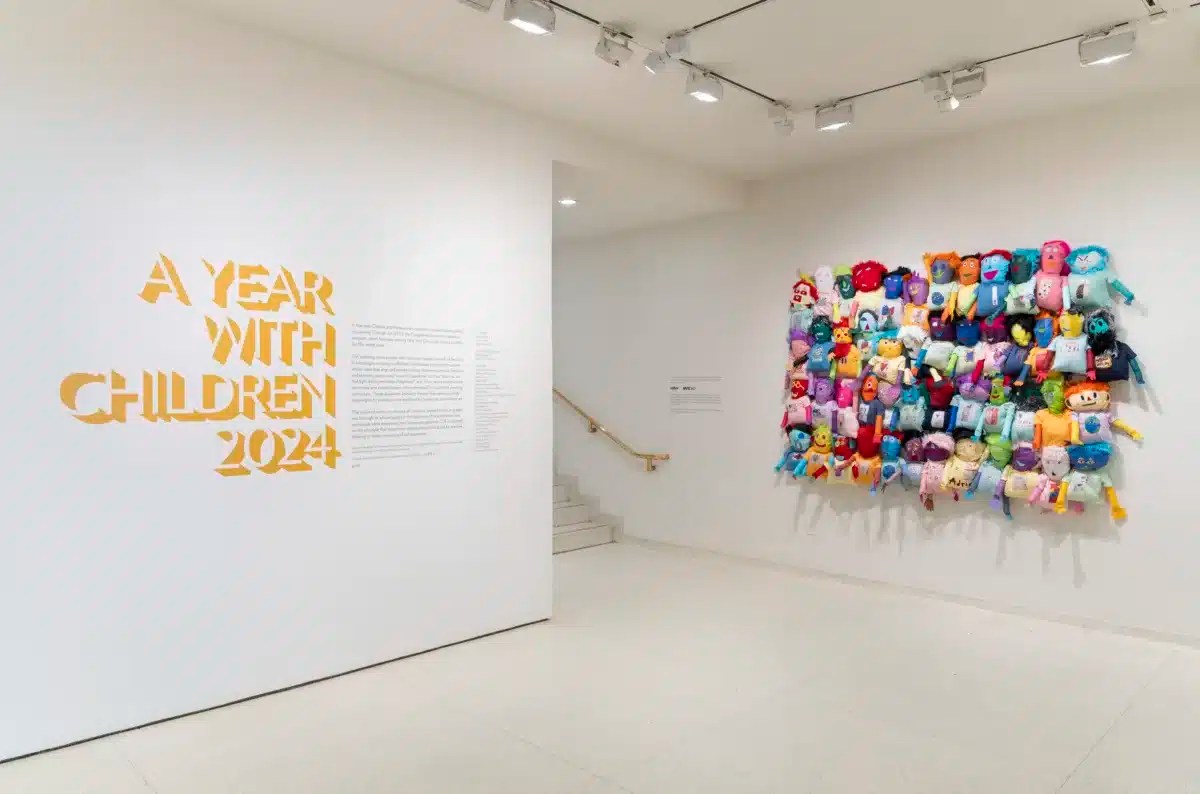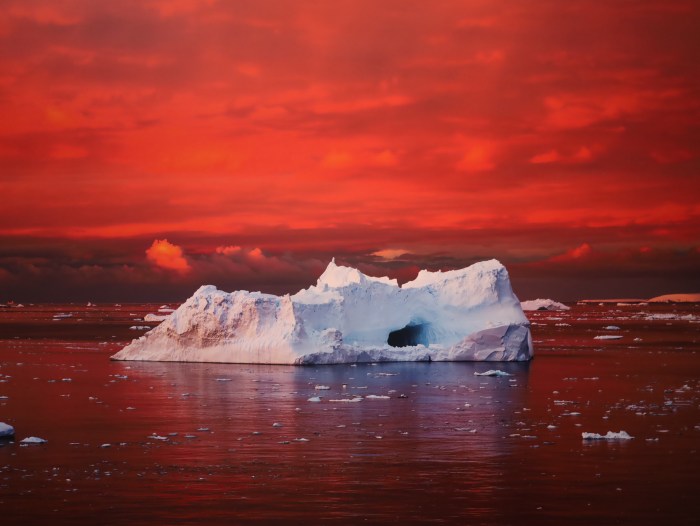
If Lincoln Kirstein is known to New Yorkers at all, it is likely for co-founding the New York City Ballet. It’s true that the 20-something Kirstein went to London in 1933 and boldly asked George Balanchine to come choreograph in America, but a new exhibit at the Museum of Modern Art shows that Kirstein‘s artistic vision reached far beyond the footlights.
“Lincoln Kirstein’s Modern” gathers together photos, paintings, sketches and sculptures championed or collected by Kirstein for the museum in the 1930s and 1940s. The artists are, sadly, mostly men, yet an overarching inclusivity nevertheless exists with respect to nationality, ethnicity, politics and sexual orientation.
Curator Samantha Friedman, who helped mount the exhibit, says Kirstein’s wide-ranging interests helped shape the museum’s direction in its early years. “Kirstein was prescient in so many ways, in his belief in boundary-crossing between the arts, in his championing of alternative narratives of all kinds,” she tells amNewYork.
Among the exhibit’s most arresting works is surrealist Pavel Tchelitchew’s “Hide and Seek,” which may have induced nightmares even for the Brothers Grimm. In the oversized oil, we see a girl climbing a tree, but concealed in the simple scene are children’s heads and body parts, many pared back like drawings in an anatomy text, to reveal circulatory systems or bones.
Bernard Perlin’s “The Lovers” likely evokes the opposite emotions, showing a delicate couple, yellowed and foxed like old parchment, embracing in a verdant field beneath a lush blue-black sky.
During World War II, Kirstein traveled through South America acquiring works for the museum’s collection, more than 30 of which are on view here, including “Desolation,” by Argentine artist Raquel Forner, with its echoes of Golgotha on a battlefield, and “Burial of an Illustrious Man,” by Peruvian Mario Urteaga, which captures the frozen musicality of a funeral procession.
Kirstein backed numerous photographers, and among the many highlights are Walker Evans shots of 19th-century American houses and Frances Benjamin Johnston’s almost surreal photos documenting the Hampton Normal and Agricultural Institute in Virginia.
No consideration of Kirstein would be complete without including his ties to dance, and here are sketches for costumes and set designs for various precursors to NYCB, photos of male dancers by George Platt Lynes, and a “Ballet Alphabet” primer authored by Kirstein with drawings by his brother-in-law Paul Cadmus.
It is a rich exhibit yet devoid of the flashy centerpiece that might normally anchor such an esoteric collection, and in that sense the show — and Kirstein himself — provides an ideal starting point as MoMA prepares to close for four months starting in mid-June to rethink its approach and add new voices and perspectives.
“This embrace of multiplicity remains as crucial now as it was then,” Friedman says, “ensuring that art reflects various viewpoints, and speaks to all audiences.“
‘Lincoln Kirstein’s Modern’ is on view through June 15 at the Museum of Modern Art, 11 W. 53rd St., moma.org

















